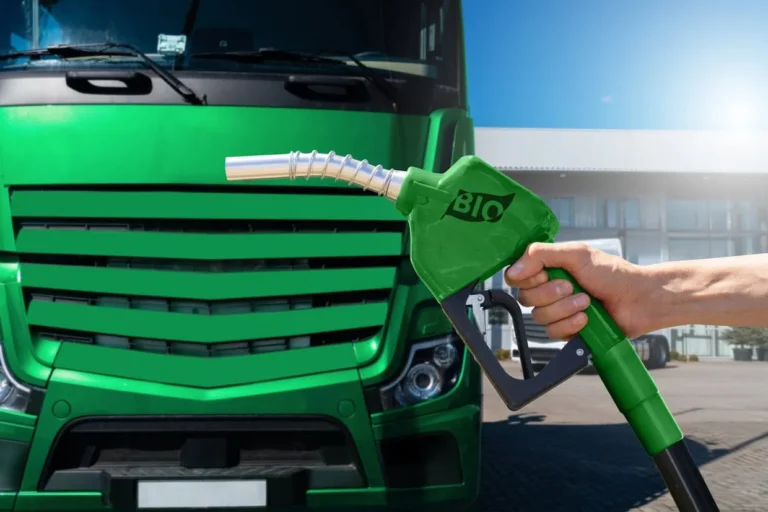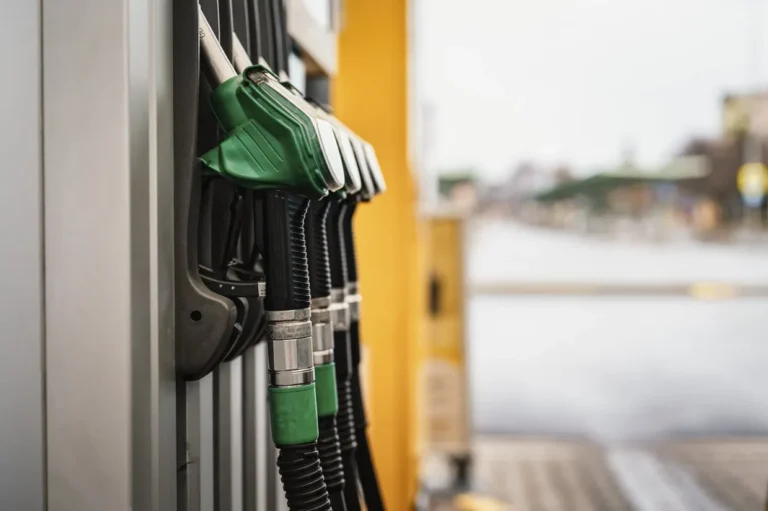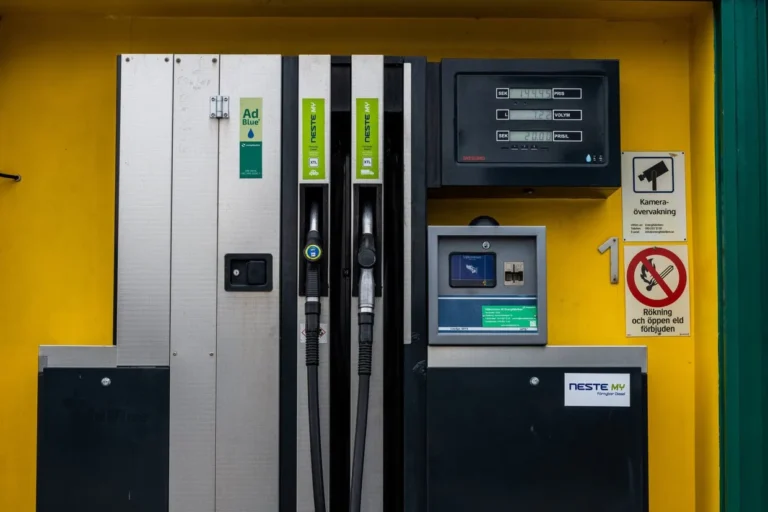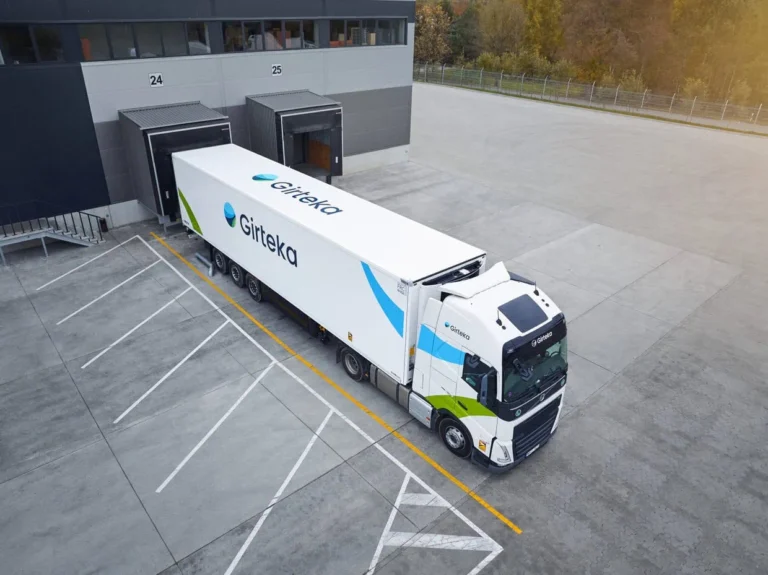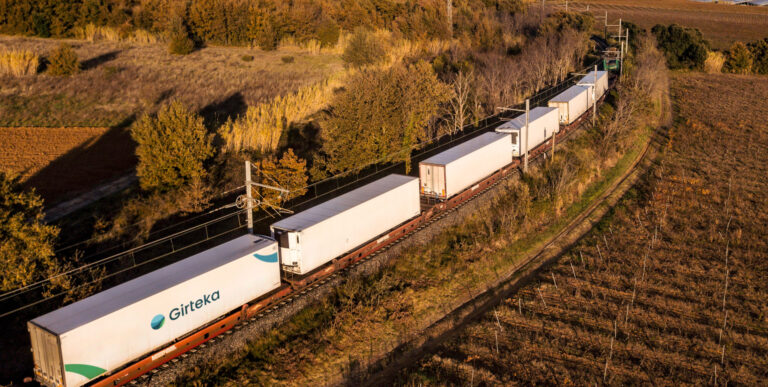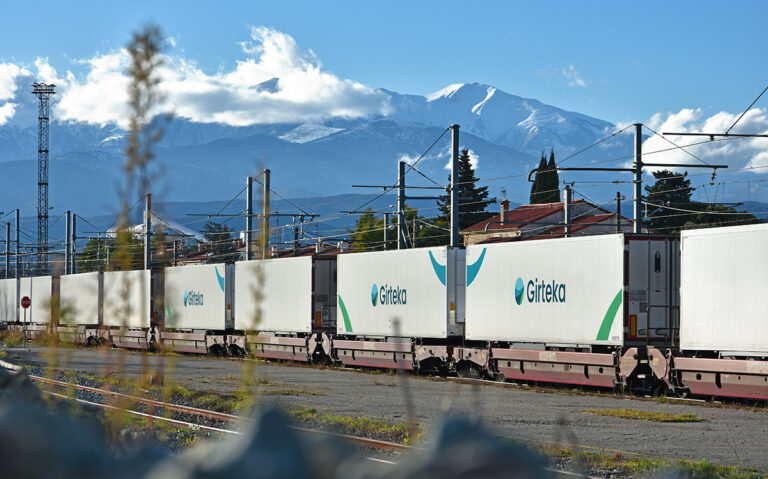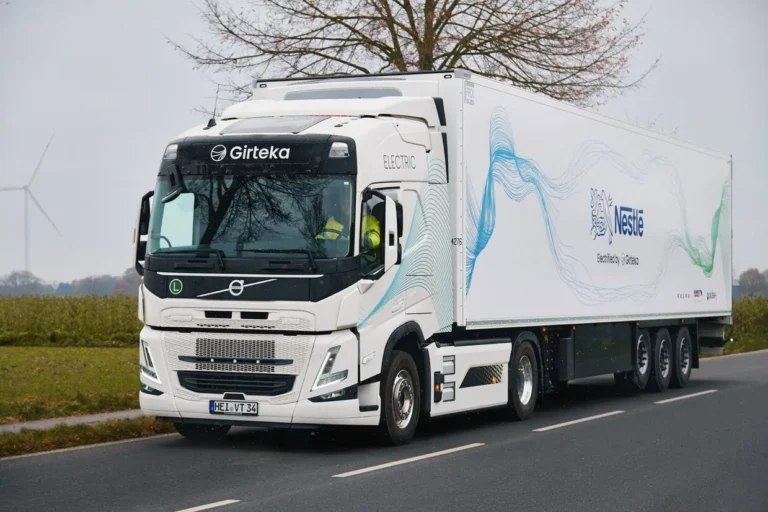Even before the pandemic, e-commerce has been growing massively. While it had been hard for online-based shops to phase out brick-and-mortar locations, as consumers’ habits, which have been ingrained for years, are difficult to change, the pandemic has only served as a catalyst for further growth in the e-commerce sector.
And logistics, including road freight transportation, had to adapt as well. Consumers, who buy items of a wide variety online, demand more transparency, which includes real-time tracking, as well as reliability, and have pressured businesses that, in turn, requested changes from their logistics partners. At the same time, logistics providers did not sit on their laurels and have attempted to adapt to an ever-changing world of commerce, stay ahead of their competition, introduce innovation into their services, and attempt to answer any end-consumer concerns.
So, what is the current status of e-commerce in logistics, and how can shippers and carriers collaborate even more to provide bespoke services that would result in the best delivery services?
Truck usage
Naturally, the final leg of e-commerce deliveries is typically made in urban areas, where vans dominate and trucks have limited usage since deploying large vehicles in cities is, in part, inefficient. Trucks are massive, and they have to carry a certain amount of loads to justify their operating costs. Their comparatively low mobility, as well as road safety concerns, make them prime candidates to remain outside of urban centers. As a result, vans have been the prime drivers of e-commerce supply chains within cities, for better or worse.
Nevertheless, according to the United Nations Conference on Trade and Development (UNCTAD), “well-functioning road transport, ports, postal delivery services and customs help ensuring effective order fulfilment.” As such, inefficiencies in any part of the chain increase costs, which can be detrimental for small or medium enterprises (SMEs). Especially since SMEs have limited capital resources to bear the brunt of an inefficient transportation process, their goal is to find a reliable company to work with that would transport their goods to consumers qualitatively and on time. One research paper, written by three Scholars from China and South Korea, noted that “the quality of logistics services has a significant impact on e-commerce transaction costs, transaction speed, and cargo security.”
However, the supply chain of a conventional product and an item purchased on the internet is vastly different. According to one article in the ‘Resources, Conservation and Recycling’ journal, the typical supply chain is split into eight parts, which include but are not exclusive to the transportation of raw materials, carrying made materials to national and regional storage facilities, and providing the final product to end consumers at retailers. Meanwhile, a typical e-commerce supply chain is only a four-part process: raw materials are transported from/to manufacturing centers, which are then transported to high-throughput distribution centers, and finally, they reach the end consumer. At the same time, they share one fundamental similarity: the flow of information.
Two conclusions can be drawn here: one, trucks’ participation in the supply chain is limited, yet critical, as they play a crucial role in a process that realistically takes three steps to transport an order, as outlined by the article cited above. As a result, quality services ensure that an item that was purchased on an e-commerce site, if it was not yet manufactured and stored in a high-throughput distribution center, has to be delivered to that center in one piece and on time. Otherwise, if the e-commerce site has not stocked up on the item during a peak season, for example, before Christmas, it could lead to an unhappy end-consumer and lost business for the company, which, in turn, reverberates throughout the whole supply chain. That does not mean that quality does not matter in a typical supply chain when a product ends up on the shelves of a brick-and-mortar store; it is just that a traditional chain is much more resilient, with many redundancies throughout.
Information sharing
Secondly, information sharing is vital in both types of supply chains. Knowing where the shipment or the item ensures that last-mile deliveries can be timed correctly, as they will have to be picked up from local distribution centers, namely those high-throughput warehouses, and then delivered to ever-limited spaces at self-service parcel terminals, another development that has doomed during the pandemic.
And speaking of developments during the pandemic, the flow of information has also become ever-more important. With uncertainty around borders, shippers and end-consumers have placed more emphasis on knowing where their parcels might be and their shipment status. As a result, logistics companies, such as Girteka, which have launched real-time visibility (RTV) solutions, have stood out amongst the competition. At the same time, it has become a staple of the industry, which is why these solutions have to take the next step and, for example, easily integrate with a shipper’s technical solution. This would lead to the end consumer being able to track their parcel throughout the journey, providing peace of mind. While that is a security risk, it can be mitigated by only showcasing its stops and/or the approximate locations of where the item was tracked last.
Innovation will have to continue, as the e-commerce market will continue growing. According to the latest data from Eurostat, the official statistics page of the European Commission (EC) in the European Union (EU), the “share of enterprises that had e-sales increased from 16.4 % in 2012 to 22.8 % in 2021.” Furthermore, the businesses’ turnover from “e-sales increased by 4.5 percentage points during the same period, namely from 13.1 % to 17.6 %, although the turnover recorded in 2021 decreased by 2.2 percentage points compared to 2020.”
Meanwhile, Transport Intelligence (TI) research showed that the e-commerce logistics market shrunk in 2022 by 5%. Considering the economic circumstances, including inflation, and consumers placing more emphasis on experiences rather than material items, which they have stocked up during the pandemic, this comes as no surprise. However, the company’s research also showed that the market in 2023 should grow by 7.9%, possibly offsetting the losses of last year.
Thus, with e-commerce definitely not going away, it will be essential that companies that directly partner with logistics and, in turn, road freight transportation firms continue to collaborate and innovate how items purchased online are transported regionally or while crossing borders. This includes going above and beyond on RTV and procurement processes, especially since peak periods have shifted with the introduction of large-scale e-commerce among consumers globally. After all, online shopping giants such as Amazon, Alibaba, and Temu have redefined the peak shopping periods with the popularization of Black Friday or China’s Single’s Day, which has now spread globally.

